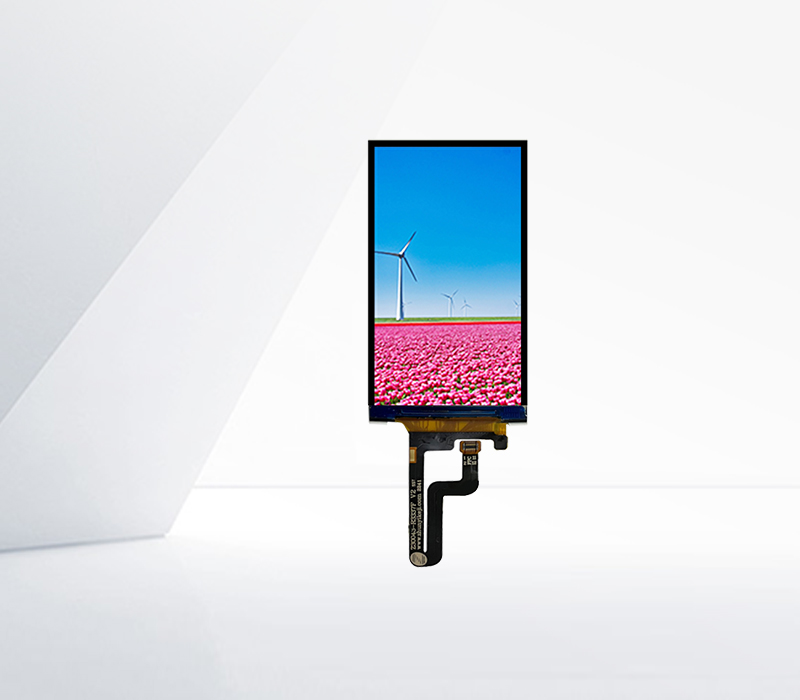



Air Touch Panel

Air touch panels represent a cutting edge technology that allows users to interact with a device without physical contact. This technology is based on the detection of hand gestures or movements in the air above the panel.
One of the most significant advantages of air touch panels is their hygienic nature. In public places such as hospitals, airports, or restaurants, where multiple people may use the same device, air touch panels eliminate the need for physical contact, reducing the spread of germs. For example, in a hospital waiting area, patients can use an air touch panel to check in or access information without touching a surface that may be contaminated.
Air touch panels also offer a more intuitive and immersive user experience. Users can perform various actions, such as swiping, zooming, or rotating, by simply moving their hands in the air. This is similar to the way we interact with objects in the real world, making it easier for users to learn and use the device. In a gaming or virtual reality environment, air touch panels can enhance the sense of immersion, allowing users to control the game or virtual world more naturally.
However, air touch panel technology also has some limitations. The accuracy of gesture recognition can be affected by factors such as the lighting conditions, the distance between the hand and the panel, and the complexity of the gestures. In bright sunlight or low light environments, the sensors may have difficulty detecting the hand movements accurately. Additionally, the range of detectable gestures may be limited, which can restrict the functionality of the device.
The cost of air touch panel technology is also relatively high compared to traditional touchscreens. The sensors and algorithms required for air gesture detection are more complex and expensive to develop and manufacture. This can make air touch panels less accessible for some consumer products.
